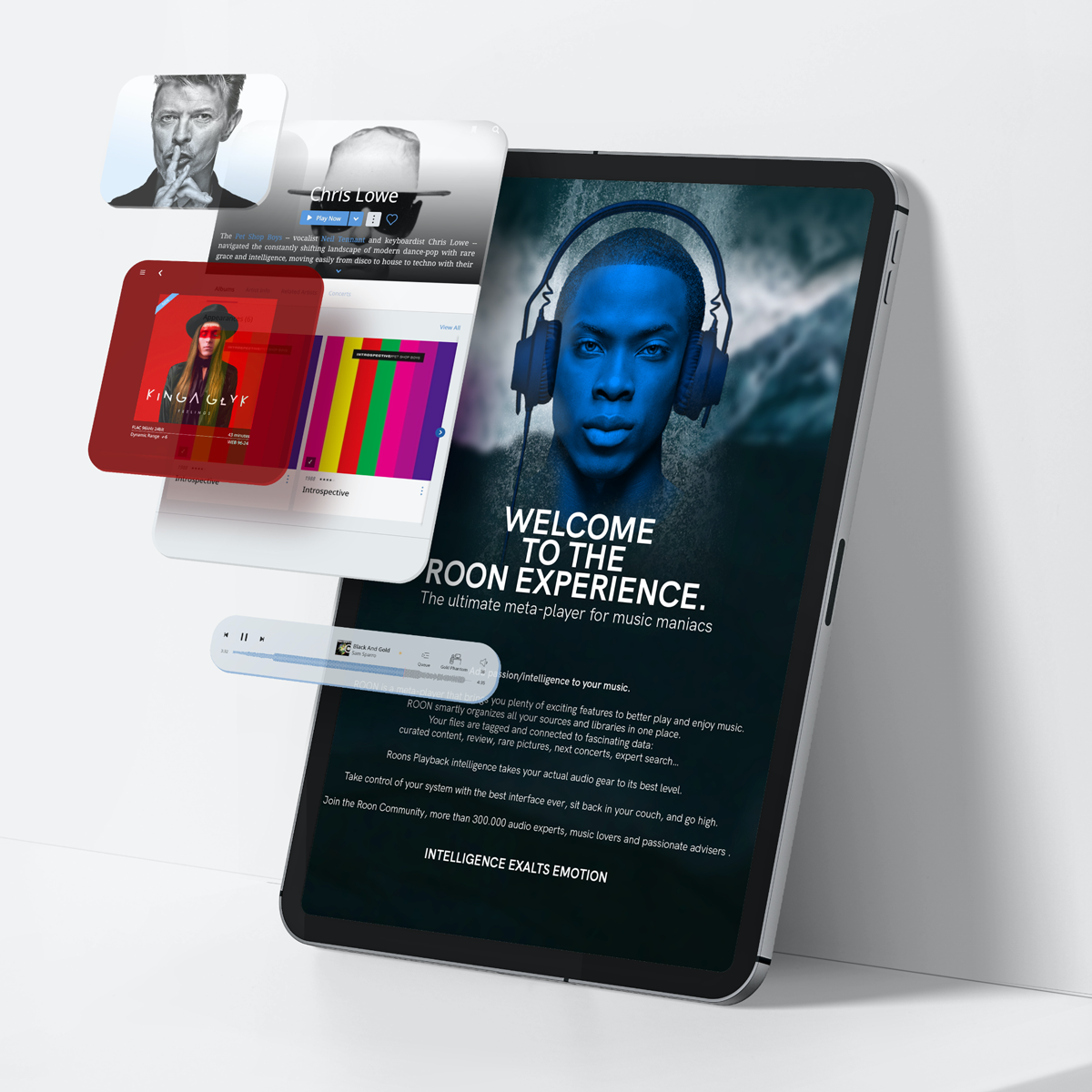As technology evolves, so do the ways churches create engaging worship experiences. Gone are the days where projectors are the only option for displaying content. Today, LED walls are taking center stage, offering brighter, more vibrant visuals that enhance worship services and create immersive environments. But what makes LED walls the preferred choice for churches, and what maintenance do they require? Let’s explore these aspects.
Why Churches Are Choosing LED Walls
An LED wall is a modular display made up of multiple LED panels, offering a seamless and dynamic visual solution. Unlike projectors, which can suffer from dust buildup, image degradation, and mechanical failures (fans, motors, and color wheels), LED walls provide a more durable, low-maintenance option. Their modular nature also means that if an issue arises, you can replace a single module rather than an entire screen. For churches, this means:
- Better visibility – LED walls offer high brightness and contrast, ensuring clear visuals even in well-lit sanctuaries.
- Longevity – Unlike projectors that require frequent maintenance, LED walls have a much longer lifespan and can last over a decade with proper care.
- Customizable Design – Modular panels allow for custom screen sizes and shapes, adapting to unique church layouts and design needs.
- Minimal maintenance – With no filters to clean and fewer moving parts, LED walls are a reliable long-term investment.
LED Wall Maintenance Essentials
While LED walls are known for their durability, proper maintenance ensures they continue to perform at their best. Here’s what your church’s tech team should know:
1. Keep Spare Parts on Hand
Having 3-6% of your total LED panels in reserve allows for quick swaps if any modules fail. This minimizes downtime and ensures a seamless worship experience.
 800 224 7978
800 224 7978







